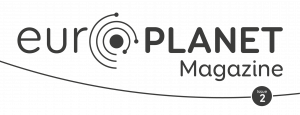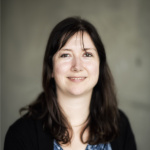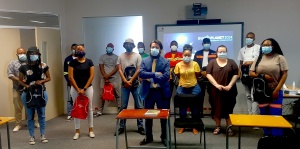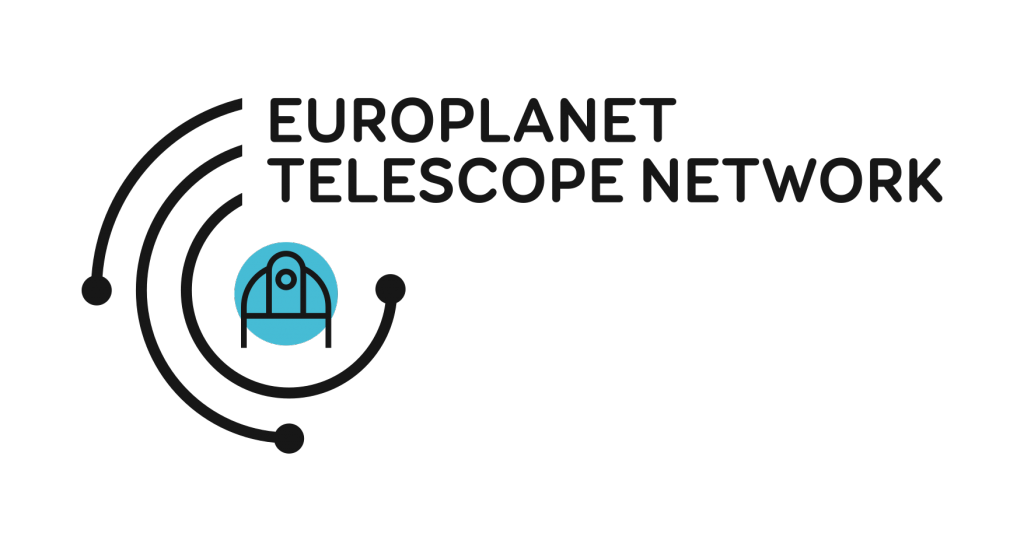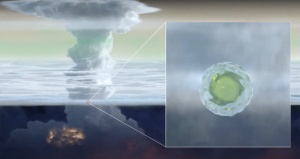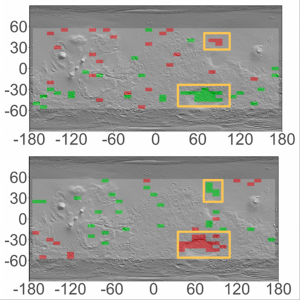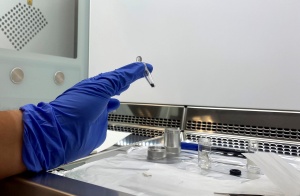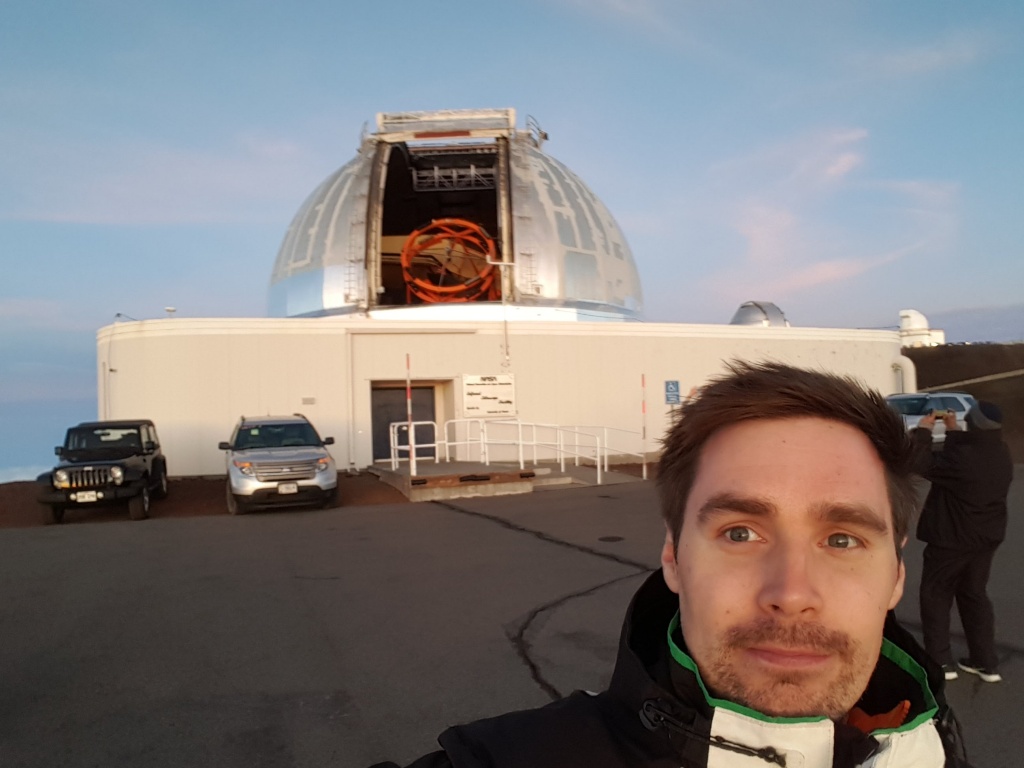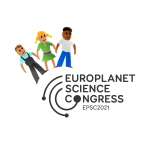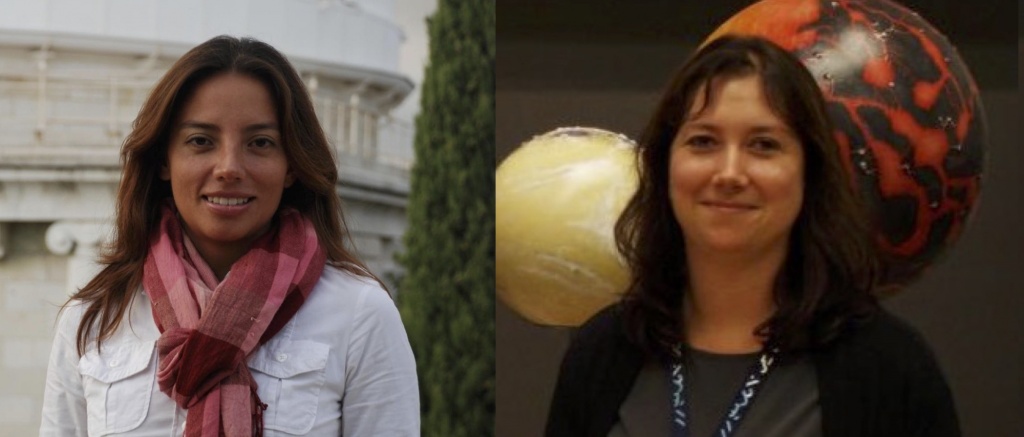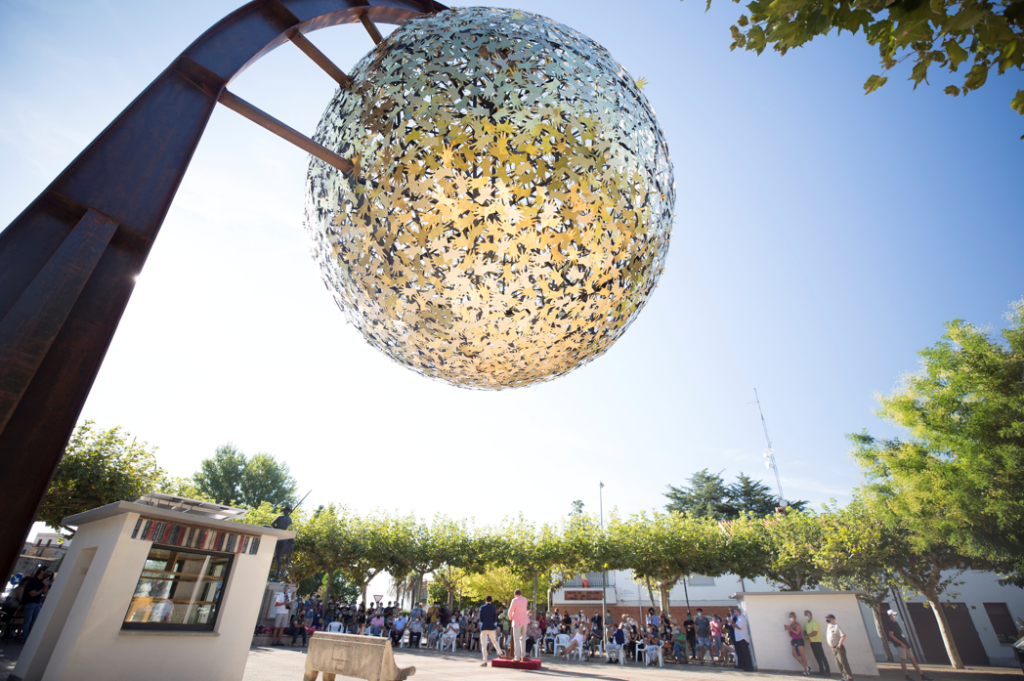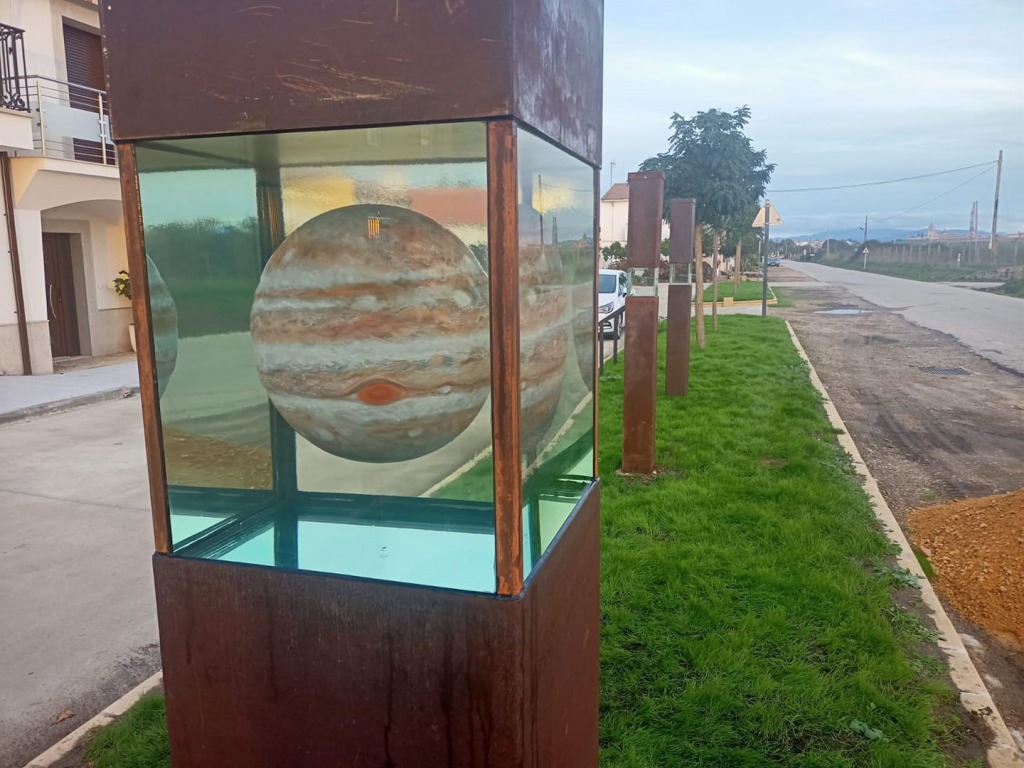
In the second half of 2021, the Europlanet community has welcomed new faces, passed major milestones, and found numerous ways of sharing planetary science.
Europlanet Society and Research Infrastructure | News from EPSC2021 | Prizes | Community News
Welcome to New Europlanet Society Officers and Chairs
Read article in the fully formatted PDF of the Europlanet Magazine.
Treasurer
Dr Didier Moreau (IASB-BIRA) has been elected as the Treasurer of the Europlanet Society’s Executive Board at the General Assembly on 23 September 2021. As Coordinator/ Manager of the Belgian Operations Centre from 2001-2015, Didier was responsible for the organisation of the ESA OdISSea Mission and almost 60 space experiments and missions for ESA and other space agencies. He was seconded as Programme/ Project Controller in the ESA Science Directorate at the Prodex Office. Since 2017, his main duties are to monitor the national and European funding sources in line with IASB-BIRA’s activities. As Treasurer of the Europlanet Society, he brings this practical knowledge of planetology and budget management skills acquired during his career.
EPSC Executive Committee Chair
Prof Lena Noack (Freie Universität Berlin) is the Incoming Chair of the Europlanet Science Congress (EPSC) Executive Committee. As well as the EPSC2022 meeting in Granada next year and the postponed meeting in Helsinki (now in 2024), Lena will lead the organisation of joint meetings with the American Astronomical Society’s Division of Planetary Sciences (DPS) in 2023 in San Antonio, Texas, US, and in 2025 (European venue TBD). Lena is the joint winner of the Farinella Prize and this month’s guest in Planetary Perspectives.
Want to help? We are looking for a Vice-Chair of the EPSC Executive Committee. Apply now!
EPEC Co-Chairs
Dr Ines Belgacem and Dr Erica Luzzi are the new Co-Chairs of the Europlanet Early Career (EPEC) Network. Ines is a research fellow at the European Space Agency based in Madrid in Spain, studying the surfaces of icy moons in preparation for the JUICE mission. Erica has just completed her PhD at Jacobs University, Bremen, on geological mapping of Mars and analogue studies in the lab and field. Both Ines and Erica are active members of the Europlanet Society, Ines as the French Hub’s Early Career Officer and Erica as Chair of the EPEC Annual Week Working Group. The are also both part of the EPEC Communications Working Group and launched the EPEC Twitter account in February 2021.
Europlanet 2024 Research Infrastructure Reaches Mid-Term Milestone
Read article in the fully formatted PDF of the Europlanet Magazine.
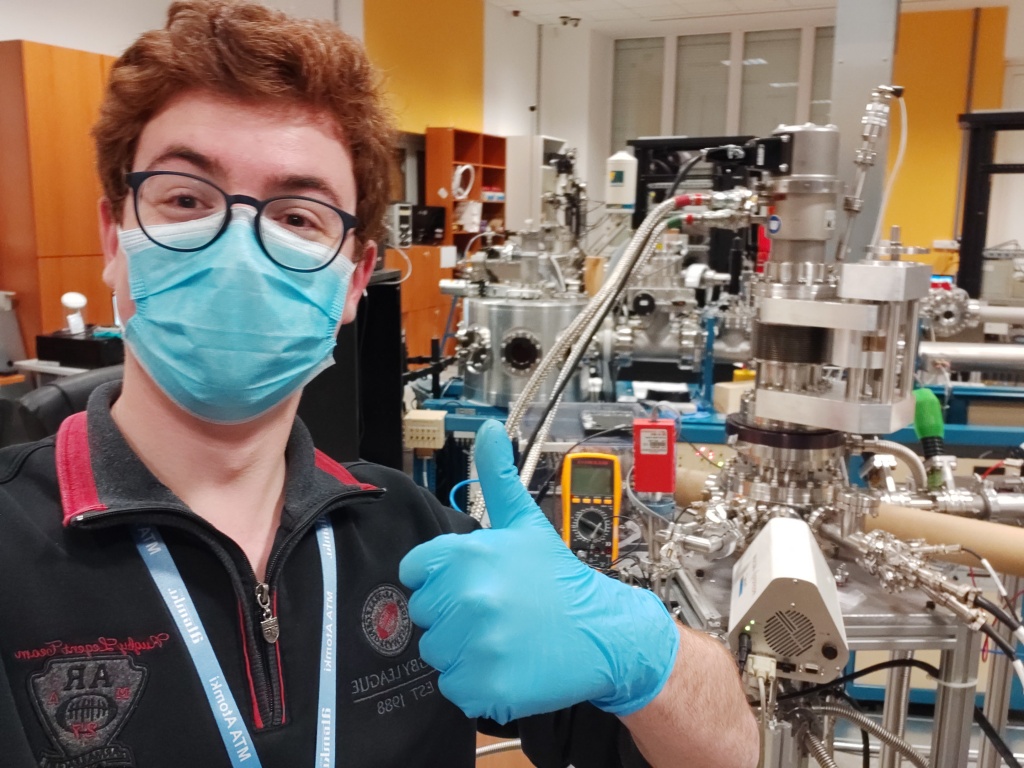
At just over a third of the way through the project, the Europlanet 2024 Research Infrastructure (RI) project has submitted its first periodic report and undergone its first interim review with the European Commission on 4 November 2021.
Despite Covid-19, most of the project’s 101 deliverables are on track (page 40), although a six-month extension is being requested until 31 July 2024 to allow ore time for visits and workshops to take place. The pandemic has led to innovations in virtual visits to enable the community to access research facilities remotely, and in many cases opened up access to a wider global audience for services, workshops and training schools.
For all details on Europlanet 2024 RI, see the project website: http:// www.europlanet-2024-ri.eu.
Expert Exchange Programme Launched
An Expert Exchange Programme has been launched to mobilise the planetary community and help share expertise and best practice. In particular, the scheme, which is funded through Europlanet 2024 RI, supports discussions to open-up new facilities and services for access by the community in future projects.
All travel and accommodation expenses for a short visit, of up to one week, can be reimbursed through the programme. Due to travel restrictions from the Covid-19 pandemic, virtual visits are also now supported so that, for example, shipping of equipment or other resources can be claimed.
Planetary and Geology Mapping Winter School
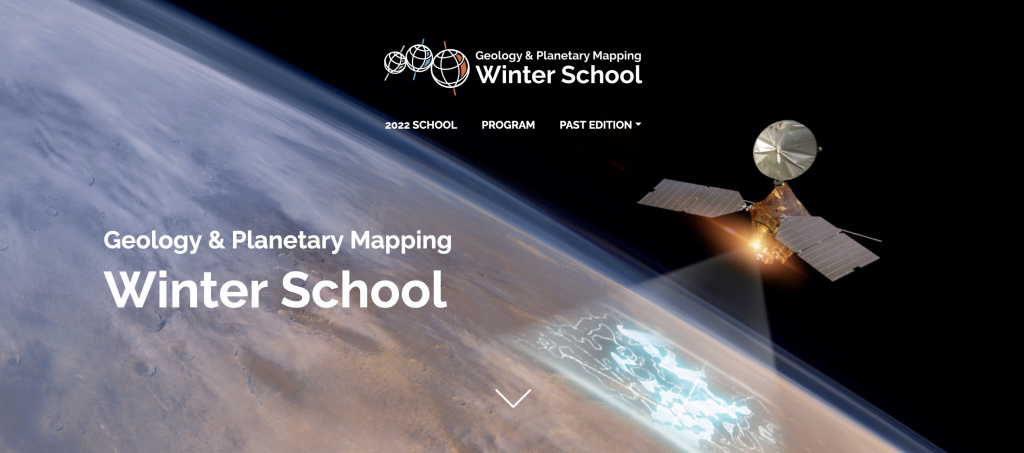
The second Planetary and Geology Mapping Winter School will be held online from 7-11 February 2022. The programme for Winter School, which is organised by Europlanet 2024 RI’s Geological Mapping (GMAP) activity will be largely hands-on, and will include seminars, asynchronous interactions, and individual/project mapping work.
Registration opens on 15 December 2021 and will close on 31 January 2022. Materials (including videos, presentations, documentation and data) from the first Winter School, held in February 2021 are now accessible for prospective participants to browse.
Europlanet Africa Workshop Series Blasts Off
Read article in the fully formatted PDF of the Europlanet Magazine.
The first Europlanet Workshop on Satellites for Space Science and Technology in Africa took place on 15-19 November 2021 in Palapye, Botswana, and online. The workshop was attended by 72 participants and brought together space-technology specialists, scientists and students to discuss current topics in the rapidly-developing field of space in Africa. As the first in a series to be held in different locations around Africa, under the umbrella of the Europlanet Strategic Plan for Global Collaboration, the workshop piloted a format focused on content and building links. The overall aim is to create an African network to foster planetary science and technology development across borders in developed and developing countries and across the spectrum of academia, industry and civil society.
Europlanet Telescope Network Science Workshop
9-11 February 2022
The first Europlanet Telescope Network Science Workshop aims to encourage community-led proposals and to highlight scientific results achieved with the Europlanet Telescope Network and other medium-size/small telescopes. Interested astronomers and amateurs are invited to participate, and to learn more about the instruments for access through the network, their capabilities and their scientific potential. Register now.
Apply For Time on the Europlanet Telescope Network
The Europlanet Telescope Network has a rolling call for proposals for observations. Decisions are made within two months of submission. For further information on the Europlanet Telescope Network and how to apply, see: https://bit.ly/2Br5LDt
VESPA Implementation Workshop
Europlanet 2024 RI’s VESPA virtual observatory aims to make Solar System data accessible and searchable through an interoperable system, according to the principles of Open Science. An online workshop, organised by IRAP/CNRS and Jacobs University, was held from 29 November to 1 December 2021 to open up new data services to the community via the VESPA interface. Participants selected in an open call worked with the VESPA team to design and set up their projects. The new services will support solar and magnetospheric studies, asteroid characterisation and shape modelling, as well as the integration of lab and field data into VESPA from Transnational Access visits.
Europlanet Society and Research Infrastructure | News from EPSC2021 | Prizes | Community News

Europlanet Science Congress (EPSC) 2021 Virtual Meeting
Read article in the fully formatted PDF of the Europlanet Magazine.
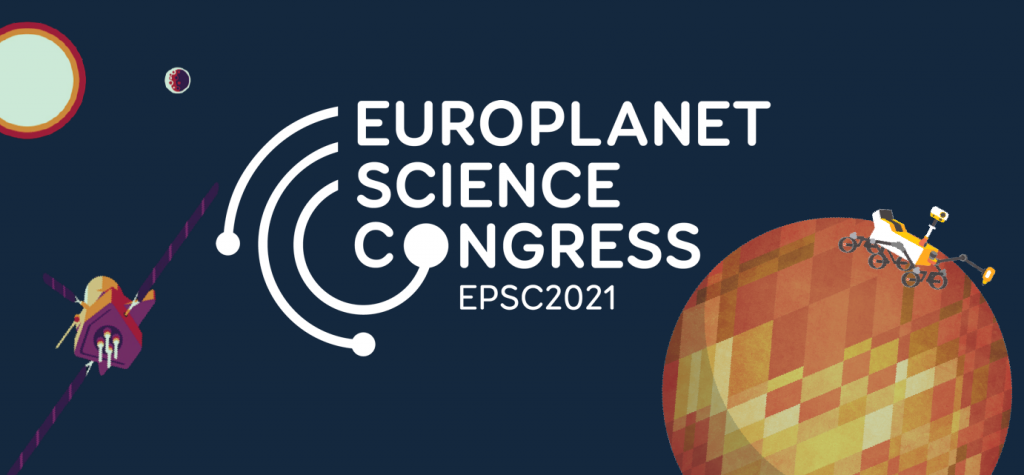
From 13-24 September, the Europlanet Science Congress (EPSC) took place as a virtual meeting for the second time. Attended by 795 people from 47 countries worldwide, the meeting built on the format established last year of pre-submitted scientific presentations combined with live discussion sessions, keynotes, short courses and community events. In response to feedback from 2020 that requested more interactivity, innovations this year included a conference Slack, a new format for authors to ‘pitch’ their presentations and participate in live Q&A, and a Wonder.me social space.
News from EPSC2021
Across the 834 presentations and 42 sessions held during EPSC2021, a wide range of science was presented on many planetary topics. Here are some of the results highlighted in press releases issued during the meeting.
Mushballs Hide Ammonia at Ice Giants
Mushballs – giant, slushy hailstones made from a mixture of ammonia and water – may be responsible for an atmospheric anomaly at Neptune and Uranus that has been puzzling scientists. A study presented by Tristan Guillot (Observatoire de la Côte d’Azur/CNRS) at EPSC2021 shows that mushballs could be highly effective at carrying ammonia deep into the ice giants’ atmospheres, hiding the gas from detection beneath opaque clouds. More.
Exotic Mix in China’s Delivery of Moon Rocks
Read article in the fully formatted PDF of the Europlanet Magazine.
On 16 December 2020, China’s Chang’e-5 mission successfully delivered to Earth nearly two kilograms of rocky fragments and dust from the Moon. Chang’e-5 retrieved samples of the youngest lunar rocks ever brought back for analysis in laboratories on Earth. A geological mapping study presented at EPSC2021 by Yuqi Qian (China University of Geosciences) suggests that while 90% of the materials collected by Chang’e-5 likely derive from the landing site and volcanic mare basalts from the immediate surroundings, 10% could include exotic fragments such as glassy droplets from extinct volcanic vents, and debris from impact craters up to 1,300 kilometres away. More.
Seasonal Changes Reveal Water Deposits on Mars
Seasonal variations in levels of hydrogen detected at Hellas Planitia and Utopia Rupes, in the southern and northern hemispheres of Mars respectively, suggest that significant quantities of water ice can be found in the metre or so below the surface in these regions. Dr Germán Martínez (Lunar and Planetary Institute) said at EPSC2021: ‘As the coldest ground temperatures occur at the same time as the largest-observed increase in hydrogen content, it suggests that water ice is forming in the shallow subsurface of these regions during the fall and winter seasons, and then sublimating into gas during the warm season of each hemisphere.’
These sources of water, away from the hostile polar regions, could support future human and robotic exploration in temperate regions of Mars. More.
Life Support Cooked Up From Lunar Rocks
Read article in the fully formatted PDF of the Europlanet Magazine.
A customised laboratory demonstrator that cooks up lunar soil to extract water and oxygen has been developed by a consortium of the Politecnico Milano, the European Space Agency, the Italian Space Agency and the OHB Group. Soil simulant is vaporised in the presence of hydrogen and methane, then washed with hydrogen gas. Gases produced and residual methane are sent to a catalytic converter and a condenser that separates out water. Oxygen can then be extracted through electrolysis. By-products of methane and hydrogen are recycled in the system.
Prof Michèle Lavagna (Politecnico Milano), presenting results at EPSC202 said: ‘The capability of having efficient water and oxygen production facilities on site is fundamental for human exploration and to run high quality science directly on the Moon. Our experiments show that the rig is scalable and can operate in an almost completely self-sustained closed loop, without the need for human intervention and without getting clogged up.’ More.
Cloud-Spotting on a Distant Exoplanet
Infrared observations from the ESA/ NASA Hubble Space Telescope (HST) and visible light measurements from the ESPRESSO spectrograph at the European Southern Observatory’s Very Large Telescope in Chile have been used to measure the altitude of clouds on the exoplanet WASP-127b. Combined data enabled researchers to narrow down the altitude of the clouds to an atmospheric layer with a pressure ranging between 0.3 and 0.5 millibars.
Located more than 525 light-years away, WASP-127b is a giant planet similar in mass to Saturn that orbits very close to its sun. Dr Romain Allart (iREx/Université de Montréal and Université de Genève) said at EPSC2021: ‘There were strong water vapour signals in the infrared but none at all at visible wavelengths. This implies that water-vapour at lower levels is being screened by clouds that are opaque at visible wavelengths but transparent in the infrared.’ More.
Dashcams Study of Slovenian Fireball
Read article in the fully formatted PDF of the Europlanet Magazine.
On 28 February 2020, at 10:30 CET, hundreds of people across Slovenia, Croatia, Italy, Austria and Hungary observed a bright ball of light hurtling across the morning sky. This delivery of rocks from a distant asteroid to the fields and villages of southern Slovenia was captured by cars’ dashcams, security cameras, and even a cyclist’s helmet. At EPSC2021, Dr Denis Vida (University of Western Ontario) described how the diverse footage was used to construct a 3D model of the fireball’s trajectory and track its origins in the Solar System. Before entering the Earth’s atmosphere, the initial stony mass is thought to have been four metric tons and roughly one metre across. Video footage shows the fireball breaking up into 17 smaller pieces. Three fragments amounting to 720 grams have been recovered and taken to laboratories for analysis. The largest fragment seen to fall, with an estimated mass of about ten kilograms, is yet to be found. It likely dropped into a muddy field and may have accidentally been ploughed in before its fall area was known. More.
Sample Analysis Lab Prepares for Planetary Mission Deliveries
The Institute of Planetary Research at DLR (German Aerospace Center) is starting construction of a new Sample Analysis Laboratory (SAL) dedicated to the study of rock and dust samples from planetary bodies such as asteroids and the Moon. The first phase will be operational by the end of 2022, on time to welcome samples collected by the Hayabusa2 mission, and fully ready by 2023. ‘The SAL facility will allow us to study samples from a macroscopic level down to the nanometric scale and help us answer key questions about the formation and evolution of planetary bodies,’ said Dr Enrica Bonato (DLR) in a status report at EPSC2021. More.
EPSC Goes Live For Schools 2021
The second edition of EPSC Goes Live For Schools took place throughout November 2021, coordinated by the outreach project, Lecturers Without Borders (LeWiBo). A selection of EPSC2021 presentations were highlighted to schools and teachers, with the aim of giving students an insight into contemporary planetary science.
Classes in the 12-18 age group were also invited to take part in live webinars and Q&A sessions on a range of planetary science topics, with presentations in six languages included in the programme. A Q&A session for teachers also presented Europlanet’s Mars Collection of Educational Resources, which have now been translated into seven languages thanks to LeWiBo volunteers.
https://lewibo.org/epsc2021
https://bit.ly/EuroplanetMarsCollection
Europlanet Society and Research Infrastructure | News from EPSC2021 | Prizes | Community News

Europlanet Prizes
Europlanet Prize for Public Engagement 2021
Read article in the fully formatted PDF of the Europlanet Magazine.
The 2021 Europlanet Prize for Public Engagement has been awarded to Dr James O’Donoghue for his work in creating high-quality space science animations. James is a planetary scientist, specialising in the study of giant planet upper atmospheres, and online content creator working at the Japan Aerospace Exploration Agency (JAXA). In 2018 he started creating animations and publishing them online on his YouTube channel. Now, with more than 80 animated visualisations of space topics, he has reached 200 million views on social media.
Virtual Outstanding Presentation Contest (vOPC) at EPSC2021
The annual EPSC Outstanding Poster Contest (OPC) was expanded for the EPSC2021 virtual meeting to include submissions of video presentations as well as virtual posters. From 52 eligible participants, three winners were selected, who will each receive a certificate and free registration for EPSC2022 in Granada. The winners are Vinooja Thurairethinam for his poster, ‘Monte Carlo Transmission Line Modelling of Multilayer Optical Coatings for Performance Sensitivity of Exoplanet Spectroscopy’, Omar Attia for his video, ‘Coupling the Atmospheric and Dynamical Evolution of Close-in Exoplanets’ and Liliane Burkhard for her video, ‘Investigating Inferred Strike-slip Features on Titan: Modelling Possible Shear Failure Due to Tidal Stresses and Pore Fluid Interactions’.
Farinella Prize Winners 2021
Read article in the fully formatted PDF of the Europlanet Magazine.
Prof Diana Valencia (University of Toronto) and Prof Lena Noack (Freie Universität Berlin) have been awarded jointly the 2021 Paolo Farinella Prize for their significant contributions to our understanding of the interior structure and dynamics of terrestrial and super-Earth exoplanets orbiting other stars. Prof Valencia’s and Prof Noack’s theoretical studies have led to a deeper understanding of the composition and evolution of terrestrial exoplanets and assessments of the habitability potential of exoplanets and how ‘Earth-like’ they might be. The annual prize was established in 2010 to honour the memory of the Italian scientist Paolo Farinella (1953-2000). Watch the prize lectures.
Find out more about Prof Lena Noack in this month’s Planetary Perspectives.
#InspiredByOtherWorlds 2021 Arts Contest
The theme of the second edition of the #InspiredByOtherWorlds Arts Contest was ‘Ingenuity’. Entries were submitted by artists from 10 countries and of all ages. The full list of winners and runners up will be announced in a webinar on 20 December 2021.
EPEC-EPSC #PlanetaryScience4All 2021 Video Contest
Dimitrios Athanasopoulos (National and Kapodistrian University of Athens) is the winner of the 2nd edition of the #PlanetaryScience4All EPEC-EPSC Video Contest. He will receive a free registration for EPSC2022 in Granada for his winning entry, ‘Looking for the Most Ancient Asteroids’.
Winners of Ariel Machine Learning Data Challenge
The Ariel Space Mission ‘Machine vs Stellar and Instrument Noise’ Data Challenge 2021, sponsored by Spaceflux Ltd, has harnessed the expertise of the artificial intelligence community to identify and remove noise in detections of exoplanet atmospheres. Over 110 teams from around the world participated with 35 teams submitting viable solutions. The competition winners, ML Analytics, an artificial intelligence company in Portugal, and a team from TU Dortmund University in Germany, were able to achieve highly-accurate solutions for even the most difficult to observe exoplanets.
Europlanet Society and Research Infrastructure | News from EPSC2021 | Prizes | Community News

Community News
EduINAF Catches a Comet
Read article in the fully formatted PDF of the Europlanet Magazine.
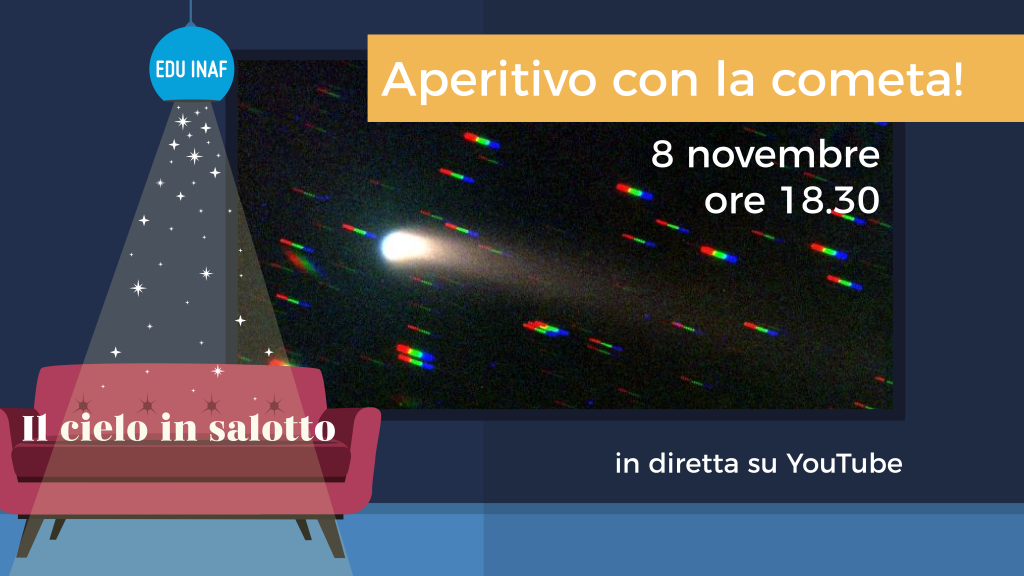
The return of Comet 67P/Churyumov- Gerasimenko to our skies has been celebrated in a live-streamed event on 8 November 2021 as part of EduINAF’s ‘Il Cielo in Salotto’ (Sky in your Living Room) series. Researchers from the Italian National Institute for Astrophysics (INAF) shared tips on how to observe the comet with a small telescope or binoculars, and showed images of Comet 67P captured by INAF telescopes and by amateur astronomers who joined EduINAF’s ‘Catch the Comet’ observational campaign. Guests also shared recollections of highlights from the European Space Agency’s Rosetta mission, which orbited Comet 67P from 2014-2016. The comet, which had been visible with small telescopes since October, reached peak luminosity between its closest approach to the Sun on 3 November and its closest flyby of Earth on 13 November, exactly one day after the seventh anniversary of the historic landing of Rosetta’s Philae probe on 67P’s surface.
Astronauts’ Annual Gathering Comes to Hungary
The XXXIII Conference of the Association of Space Explorers (ASE) took place in Hungary from 1-5 November 2021. During a Community Day in Budapest, students had the opportunity to meet and talk to the astronauts attending and listen to presentations. The Europlanet Central Europe Hub was represented by the Wigner Space Physics Research Group in a mini-expo of space companies and research institutes.
First Scale Solar System in Spain Inaugurated
Read article in the fully formatted PDF of the Europlanet Magazine.
Spain’s first permanent, three-dimensional scale model of the Solar System has been installed in the western province of Salamanca, created by the AstroBriga association. The Sun and the terrestrial planets generate a walking tour around the eastern walls of the historic city of Ciudad Rodrigo, and the scale model extends for almost 25 km to the border with Portugal. At the scale chosen (1:290,000,000), the speed of light corresponds to average walking pace, so visitors can stroll from the Sun to the Earth in a little over eight minutes. The Sun is made of interlocking brass hands contributed by crowdfunders, and the spheres of the planets and moons float within glass segments of steel monoliths. Interpretation panels and educational programmes integrate the scale model with local towns, UNESCO archaeological sites, and dark skies of the surrounding landscape, with the aim of bringing new ‘astrotourists’ to the region. The completed model was inaugurated in a festival of astronomical events from 3-5 September 2021.
NoRCEL Launches Event Series
The Network of Researchers on the Chemical Evolution of Life (NoRCEL) was founded in 2013 to put scientists in touch with one another, form networks and discuss ideas in a relaxed environment. NorREL has seen its membership rise steadily, despite Covid-19 and it has now launched two new flagship projects. The Blue Earth Project (BEP) inaugural day of lectures will take place on 8 January 2022 and address the topic: ‘Is humanity settling its own fate on ecological survival?’ The hybrid event will take place physically in Leeds, UK, and be streamed online. The first Astroscience Exploration Network (ASEN) conference on ‘A Way Forward for Science in Africa’s New Hub’ will take place in Bulawayo, Zimbabwe, on 12-13 April 2022. www.norcel.net
Europlanet Public Engagement Funding Scheme 2021
The Europlanet Public Engagement Funding Scheme aims to encourage new ways of sharing planetary science with different kinds of audiences across Europe (and beyond) to create socially impactful initiatives that combine research, learning, innovation and social development. In 2021, two projects have been funded through the scheme. The San Agustin Remote Observatory in Cochabamba will provide remote-access to support astronomy outreach in Bolivia (see feature article). A walk through the Botanical Gardens of Cluj- Napoca, Romania will connect the surroundings to astrobiology and convey the message: ‘We are all special, there is no Planet B!’

